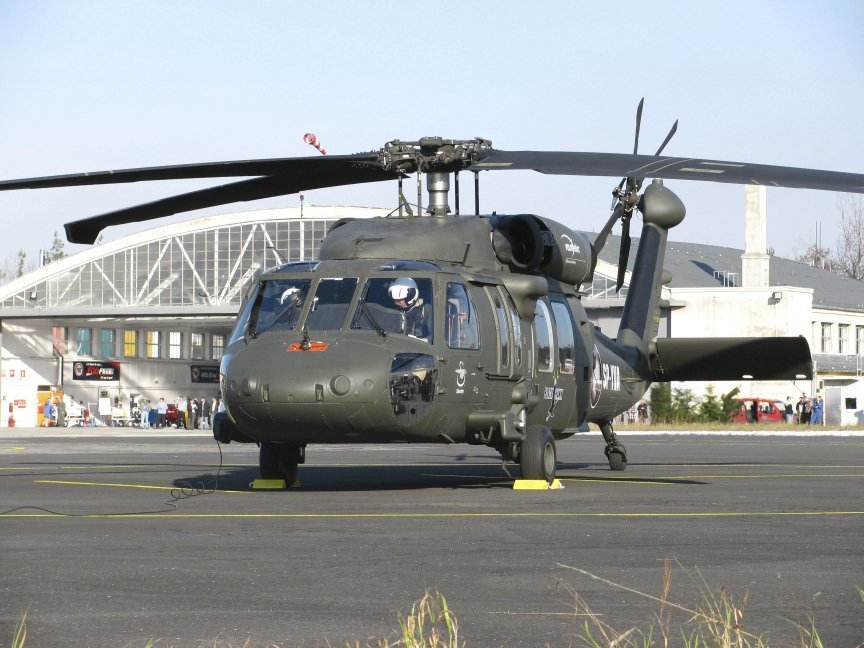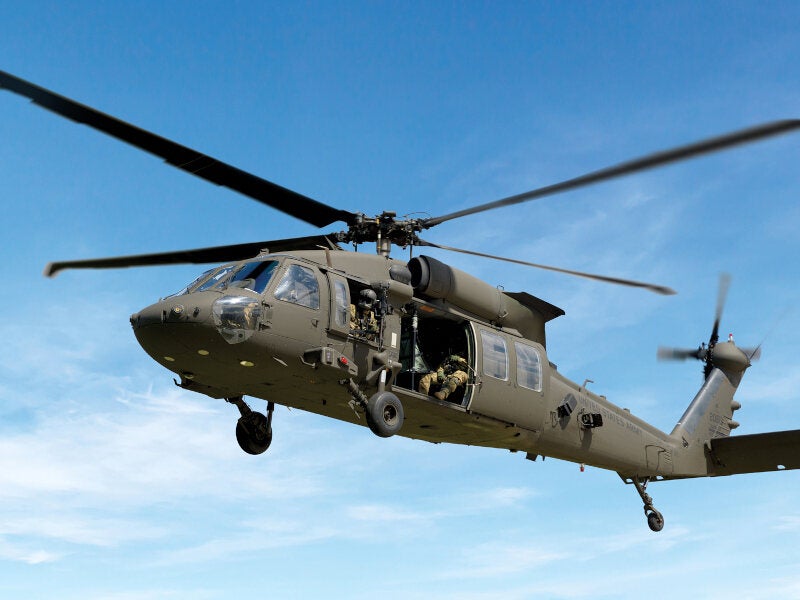Inside the Sikorsky S 70: What Establishes This Helicopter Apart from Its Rivals
Inside the Sikorsky S 70: What Establishes This Helicopter Apart from Its Rivals
Blog Article
Rotary-Wing Aircraft Offering Superior Toughness and Precision Engineering
In the world of air travel, rotary-wing aircraft have actually long been acknowledged for their special abilities in various operational settings. From military objectives to noncombatant applications, the development of rotary-wing modern technology has led the means for machines that provide unmatched longevity and precision design. Via improvements in materials and building and construction techniques, paired with sophisticated flight control systems, these aircraft have ended up being essential devices for jobs that demand both robustness and accuracy. As we check out the elaborate equilibrium in between development and dependability in rotary-wing airplane, it ends up being evident that the convergence of advanced technology and proven style concepts has set a brand-new criterion for performance and performance in the aerospace industry.
Evolution of Rotary-Wing Modern Technology
Throughout the background of aeronautics, the advancement of rotary-wing innovation has been a testament to consistent advancement and innovation in aerial engineering. From the early days of upright trip with fundamental styles to the sophisticated helicopters and other rotary-wing aircraft of today, the progression in this area has been amazing.
In the very early 1900s, leaders like Igor Sikorsky and Juan de la Cierva made considerable strides in rotary-wing modern technology. Sikorsky's VS-300 helicopter, very first flown in 1939, noted a turning point in the development of functional rotary-wing airplane. This success led the way for further innovations in upright flight abilities.

Today, rotary-wing aircraft play vital duties in various fields, consisting of armed forces procedures, emergency situation medical solutions, police, and industrial transportation. The advancement of rotary-wing innovation remains to push the limits of what is feasible in upright flight, ensuring that these airplane stay essential properties in the aeronautics sector.
Materials and Construction Innovations
Demonstrating a combination of cutting-edge products and exact construction methods, rotary-wing airplane have undergone significant improvements in durability and efficiency. One of the crucial technologies in materials made use of for rotary-wing aircraft is the boosting application of composite products.
In addition, the assimilation of innovative coatings and surface area therapies has actually played an important role in improving the resilience of rotary-wing aircraft. These finishes supply protection versus rust, abrasion, and severe climate condition, extending the life expectancy of the aircraft and lowering maintenance requirements.
In regards to construction developments, additive manufacturing, also referred to as 3D printing, has actually reinvented the manufacturing of complicated elements for rotary-wing airplane. This innovation allows for fast prototyping and personalization, causing faster advancement cycles and minimized costs. On the whole, the constant development of materials and building and construction methods is driving the capacities and efficiency of rotary-wing aircraft to new elevations.
Precision Trip Control Systems

The assimilation of GPS modern technology better boosts the accuracy and dependability of these systems, enabling exact navigation, waypoint monitoring, and automated flight control. sikorsky s 70. This degree of accuracy not just improves the safety of rotary-wing procedures however additionally enhances overall operational effectiveness and mission efficiency
Moreover, the continual improvements in man-made knowledge and artificial intelligence have actually facilitated the development of independent trip abilities within Accuracy Flight Control Solution. This enables rotary-wing airplane to execute intricate objectives with unequaled precision and consistency, making them important assets in a broad variety of applications, consisting of military operations, published here search and rescue goals, and airborne digital photography.
Longevity in Testing Environments
In demanding operational settings, rotary-wing aircraft show extraordinary resilience and toughness, ensuring optimum efficiency under tough environmental conditions. These airplanes are made to stand up to a vast array of ecological elements, consisting of extreme temperature levels, high winds, and harsh surface, making them well-suited for various goals in varied landscapes.
One crucial blog here variable adding to the durability of rotary-wing airplane is their tough construction. These aircraft are constructed using top quality products and progressed design strategies to improve their architectural stability and integrity. In addition, components such as rotor blades, engine systems, and touchdown gear are meticulously made to stand up to the stresses and stress encountered throughout procedures in tough settings.
In addition, rotary-wing airplane are furnished with advanced onboard systems that monitor efficiency metrics in real-time, enabling for proactive maintenance and very early detection of possible concerns - sikorsky s 70. This aggressive method assists protect against unexpected failings and guarantees the ongoing airworthiness of the aircraft sought after operational setups. Generally, the longevity of rotary-wing aircraft in tough environments is a testimony to their superior design and style, making them vital possessions for various mission-critical operations
Maintenance and Integrity Requirements
The adherence to rigid maintenance and dependability standards is extremely important in making certain the ideal performance and safety of rotary-wing airplane. Routine maintenance checks, performed by licensed specialists, are important to identify and resolve any type of possible concerns before they endanger the airplane's functionality. These checks encompass an extensive evaluation of all important parts, including the engine, rotor system, avionics, and visit their website hydraulic systems, to ensure that they are in prime functioning condition.
Moreover, adherence to scheduled maintenance intervals in conformity with producer guidelines is important for supporting the airplane's reliability. This aggressive approach helps stop unanticipated malfunctions and makes certain that the aircraft remains airworthy for its intended missions. Additionally, the execution of durable integrity standards, such as routine part screening and substitute based on predetermined lifecycles, additionally boosts the aircraft's reliability.
Verdict

To conclude, the innovations in rotary-wing airplane modern technology have brought about exceptional toughness and precision engineering. With ingenious materials and building methods, together with accuracy flight control systems, these aircraft can operate in difficult settings with boosted reliability. The upkeep and integrity requirements make sure that these rotary-wing airplane remain to execute at their best, making them vital assets for different markets.
Showing a blend of sophisticated materials and exact building techniques, rotary-wing aircraft have actually gone through considerable improvements in toughness and efficiency. One of the vital innovations in products utilized for rotary-wing aircraft is the enhancing utilization of composite products.With careful attention to detail and advanced technical assimilation, rotary-wing aircraft have actually embraced Accuracy Flight Control Systems as a cornerstone of their operational quality. Generally, the longevity of rotary-wing aircraft in difficult atmospheres is a testament to their remarkable engineering and style, making them indispensable assets for different mission-critical procedures.
In conclusion, the improvements in rotary-wing airplane technology have led to exceptional durability and precision engineering.
Report this page